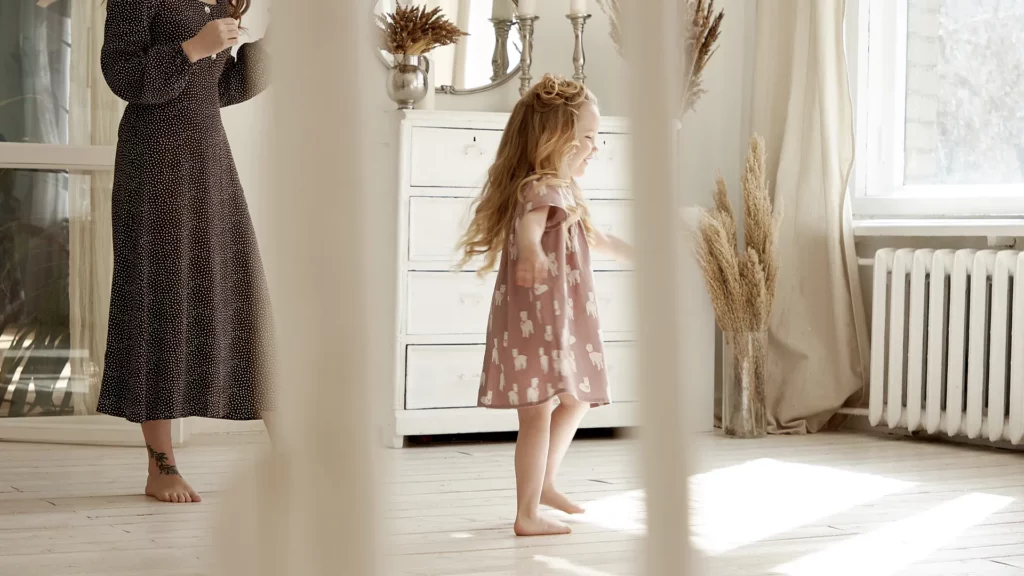Moving is stressful all on its own, but it can feel downright impossible when you add in the complications that kids or pets (or both) can bring to the mix. Depending on the age of your children and whether your fur baby is a cat or a dog, some moves can be easier than others, but any stress you’re feeling can manifest exponentially in your dependents.
The good news is that with a little bit of foresight and a lot of planning, you can smooth the way for your kids, pets, or both to ensure the move is as low-stress for them as possible. And when your children (of any species) are happier, you’ll also feel some relief. Win-win! Before your move, your household to a new residence read these tips, then make your plan.
1. Consider the timing
There really isn’t an “easy” time to move your household, but there are definitely some life events that make moving more difficult for everybody. If there’s been a death in the family or you’re getting a divorce, then both the children and the pets are likely to already be feeling some anxiety. Adding a move on top of that is generally not the best plan if it’s at all possible to avoid it.
Delaying a move by six months to a year to give all the dependents in the household time to adjust might be completely impossible, which is understandable — life happens out of our control all the time. But think about whether you can offer your babies a respite from change for at least a few months so that you aren’t heaping change after change on kids or animals.
2. Research your new area
When you tell your kids about the move, they’re going to have questions. Your pets may not have quite as many questions, but they’ll still want the assurance of some consistency, like the ability to go on a walk or the availability of their food. Here are a couple of things you may research at the very beginning:
- Schools, parks, walking trails, pet stores, veterinarians, pediatricians, local restaurants and attractions, libraries, and more.
- Find some gems that you know will excite your kids when they hear about them, or your pets when they discover them, and be able to answer questions honestly.
Older kids might want to help with research, and you should encourage them to dig into whatever they want to know about their new home, but it really helps to have a solid understanding of where you’re going before you break the news.

3. Talk to your kids about the move
There are plenty of age-appropriate conversations you can have with your children when you’re getting ready to move in order to help them prepare emotionally for the change. (Unfortunately, this doesn’t work nearly so well with pets, but if you think that your animals understand you, feel free to give them a rundown, too!)
Explain to your children why you have to move and talk to them about what it will mean. Depending on how old they are, their concerns will vary. Younger kids might have more questions about what will happen to their toys, while adolescents are likely to be more concerned about school and friends.
This is a good time to share some of what you’ve learned about your new area, such as whether the local grocery store carries their favorite snacks, or what their new school will be like. You don’t want to overwhelm your kids, but help them get excited about the change by emphasizing some of the positive differences between here and there.
4. Emphasize similarity, too
People (and animals) dread change because they’re afraid of the unknown. So while you’re having any moving discussions, make a point to talk about what isn’t going to change. If you’ve always hosted Thanksgiving, then tell your kids they’ll still be celebrating by cooking with you in the kitchen. Tell your sports fans that they’ll still be able to watch or play their favorites, or emphasize to your bookworm that the library is in the same district and access to all the same books is guaranteed.
Pets won’t be as able to appreciate these discussions, but you can do them a favor by thinking about how you can work to emphasize similarity when they get to their new environment. Can you set up their favorite “room” exactly the way they know it right now? What can you do to acclimate them to some of the new sights and sounds and smells they’ll encounter during the move?

5. Make a moving day plan
Moving day itself is going to be peak stressful for you, the pets, and the kids, so to remove some of that stress in advance, plan the heck out of the day itself.
- For kids, this may involve coming up with safe ways they can participate, or alternatively, planning to get them the heck out of the way while the move is actually taking place. If you have friends or grandparents who’ve offered to help watch the kids, take them up on it!
- For pets, a moving day plan may involve dropping them off at a pet hotel or doggie daycare, keeping their favorite room as intact as possible, and locking them inside while everything gets moved out of the house. If you have the chance to acclimate them to the pet care facilities in advance, then this might be the least stressful for your fur babies.
6. Consider hiring movers
Hiring movers can be like hiring someone to clean the house — perhaps you feel like packing and moving is something you should be able to do yourself.
But also much like hiring someone to clean the house, the amount of stress that hiring a pro can alleviate is noteworthy and often well worth the expense.
Professional packers and movers have turned the chaos of moving into a science. Their efficiency and expertise can save you days of your own life, and they can also allow you to make alternate plans for moving day itself. Maybe you can take the kids to an amusement park or the dog to the dog park while your partner supervises the move?
 |
 |
7. Secure your animals while the move is happening
Two things you already know you don’t want to be doing on moving day: chasing your leashless, collarless dog through the neighborhood or coaxing your cat out from underneath the porch. If sending them to daycare or having a trusted friend watch them isn’t an option, then make sure you’re prepared to keep your pets confined and contained while the move erupts around them.
Secure them behind a door they can’t open and leave water, litter boxes, toys, and whatever else they might need for a few hours out and available for them.
Make sure you have a loud, obnoxious sign that you can fasten on the door warning anyone who might open it that there are freaked-out pets behind it and asking them to leave it shut.



